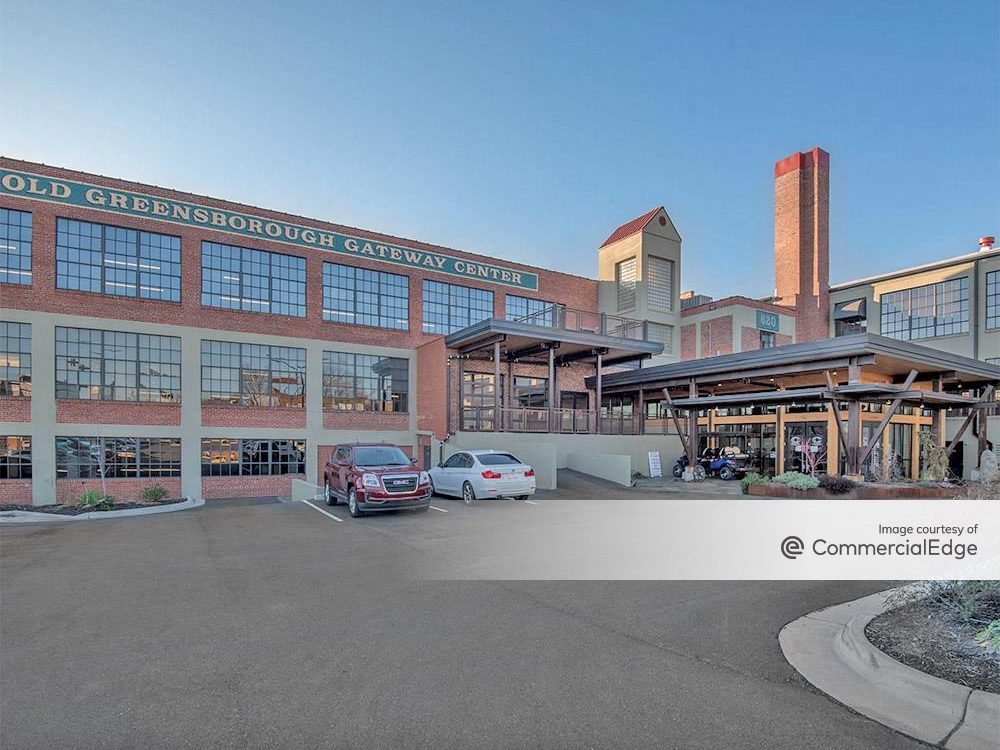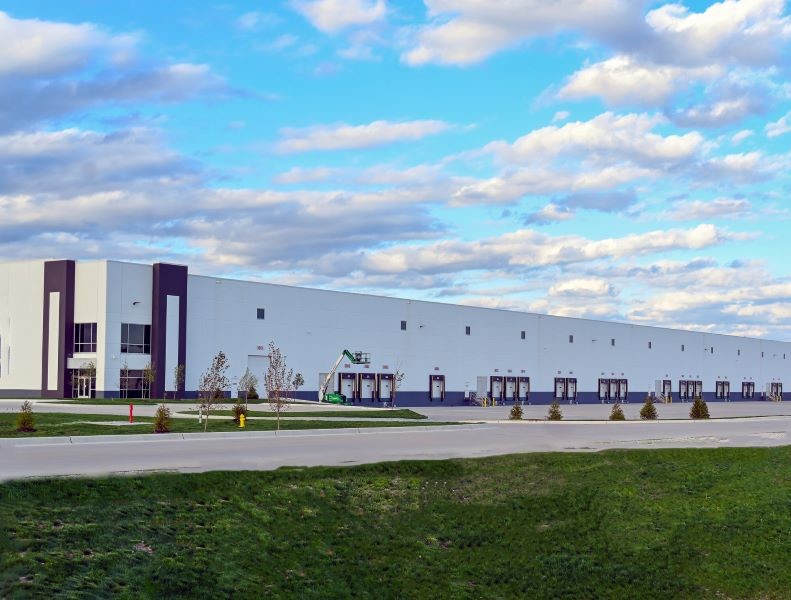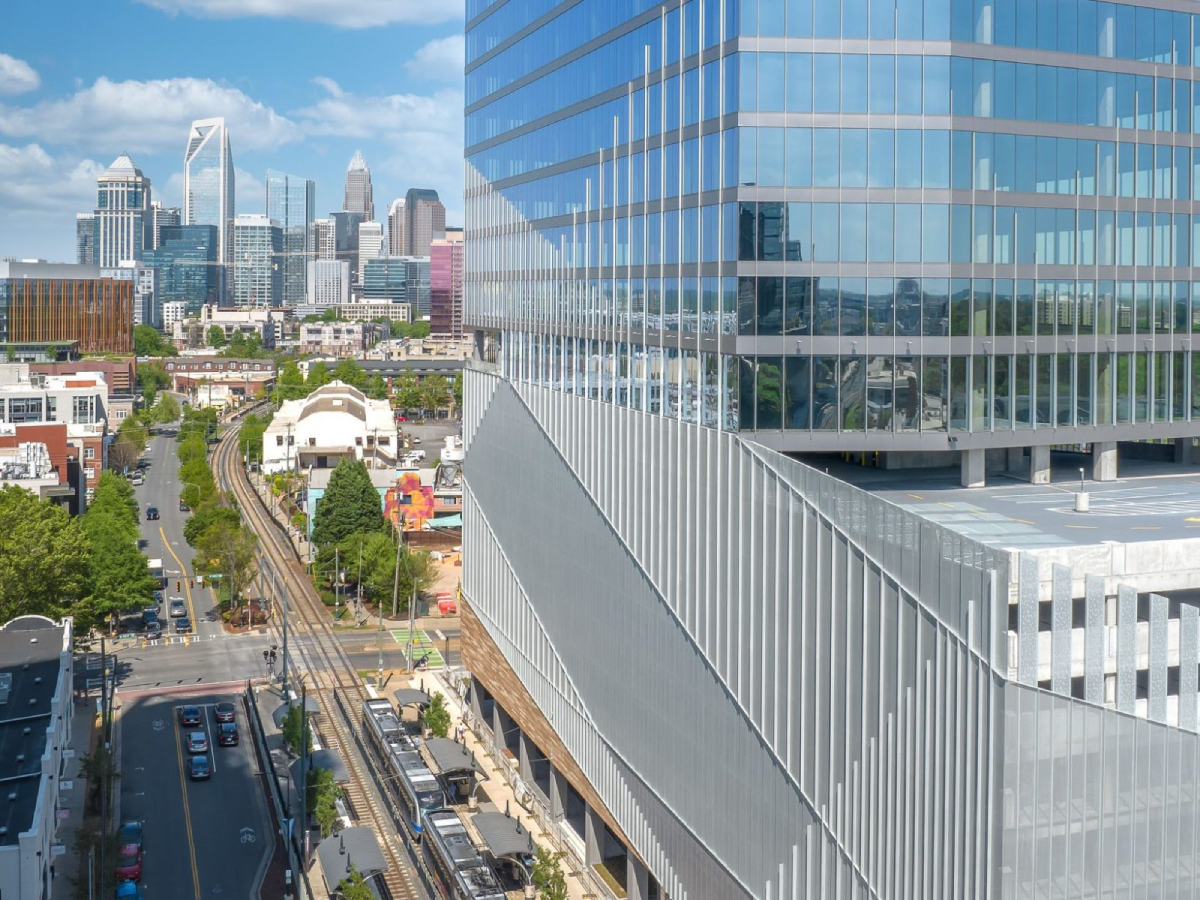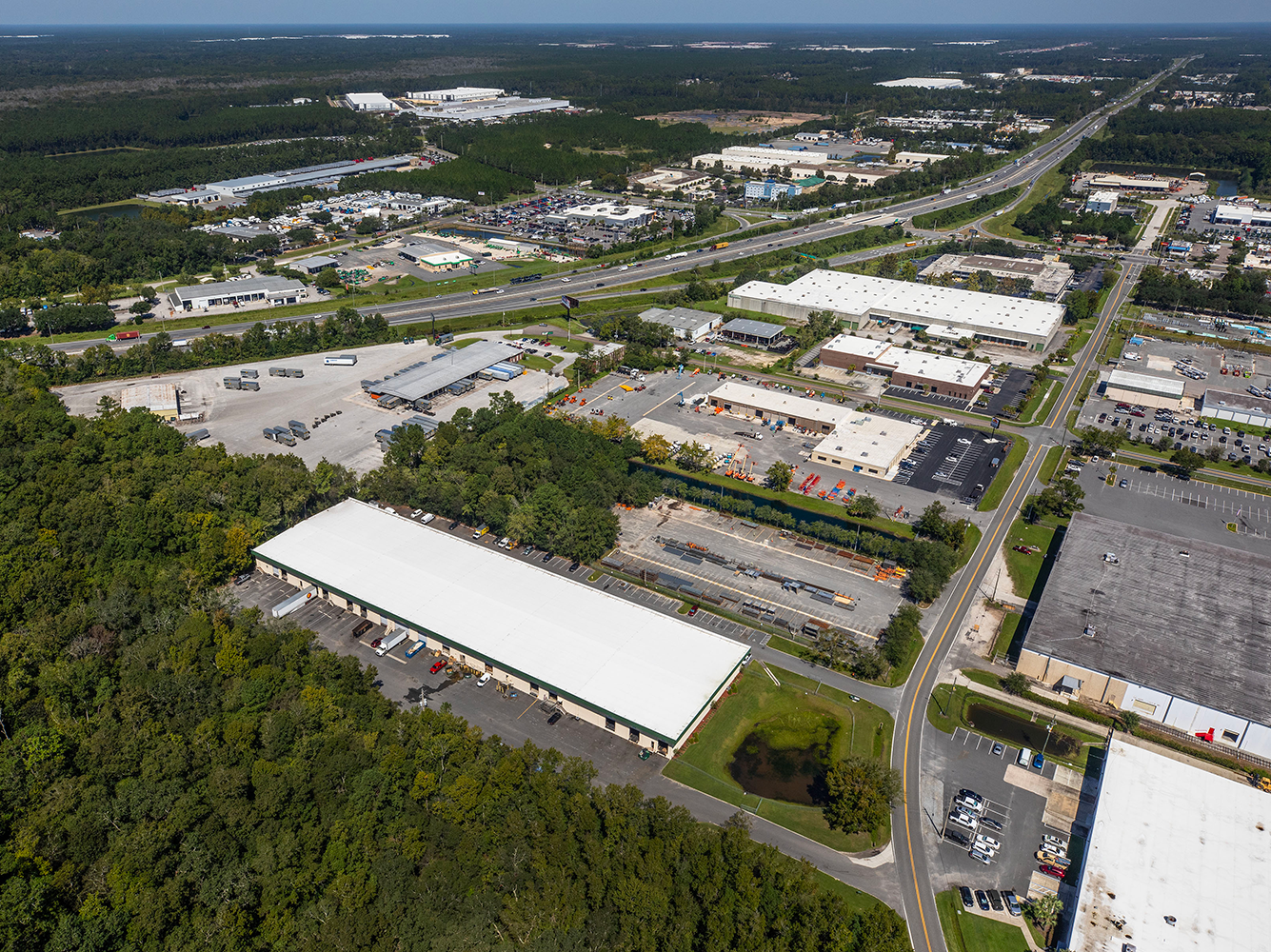Catellus Wins Nod to Develop ASU’s Athletic Facilities District
Arizona State University has enlisted Catellus Development Corporation as master developer for its ASU Athletic Facilities District, a mixed-use, 330-acre development. The district, which is envisioned to be a model for urban neighborhood design and sustainability, will be located at the northeast end of ASU’s Tempe campus, which neighbors the university, downtown Tempe and major collegiate and amateur sports venues.
By Liviu Oltean, Associate Editor
Arizona State University has enlisted Catellus Development Corporation as master developer for its ASU Athletic Facilities District, a 330-acre mixed-use development. Envisioned as a model for urban neighborhood design and sustainability, the district will be located at the northeast end of ASU’s Tempe campus. The site will border the campus, downtown Tempe and major collegiate and amateur sports venues.
Backed by 2010 state legislation that promotes the creation of revenue districts on land owned by state-supported universities, the project will provide financial returns to ASU, while also providing economic benefits to the city, according to university officials. ASU will be able to use property tax revenue for the construction and improvement of athletic facilities, according to ASU News.
“With a strong partner in the City of Tempe, a unique location and the unlimited potential of the young men and women who graduate from ASU every year, this project should be one of the most attractive sites for the development in the nation,” said ASU president Michael Crow said in a statement. “We look forward to working with Catellus and leaders throughout the city and the region to build out this vital new part of Tempe.”
The project, which is expected to have a 10-year to 20-year buildout, could create 7 million to 11 million square feet of multi-family, commercial and retail space.
“We have a long way to go, and this is just the beginning, “said John Creer, ASU’s assistant vice president for real estate development. “No decisions have been made about what happens or where things go. What comes first is studying the infrastructure needs of this large piece of property and understanding the market conditions of what is possible. We will have a public planning process with meetings, open houses and community engagement – it’s going to be a collaborative process.”
Image via Wikipedia








You must be logged in to post a comment.